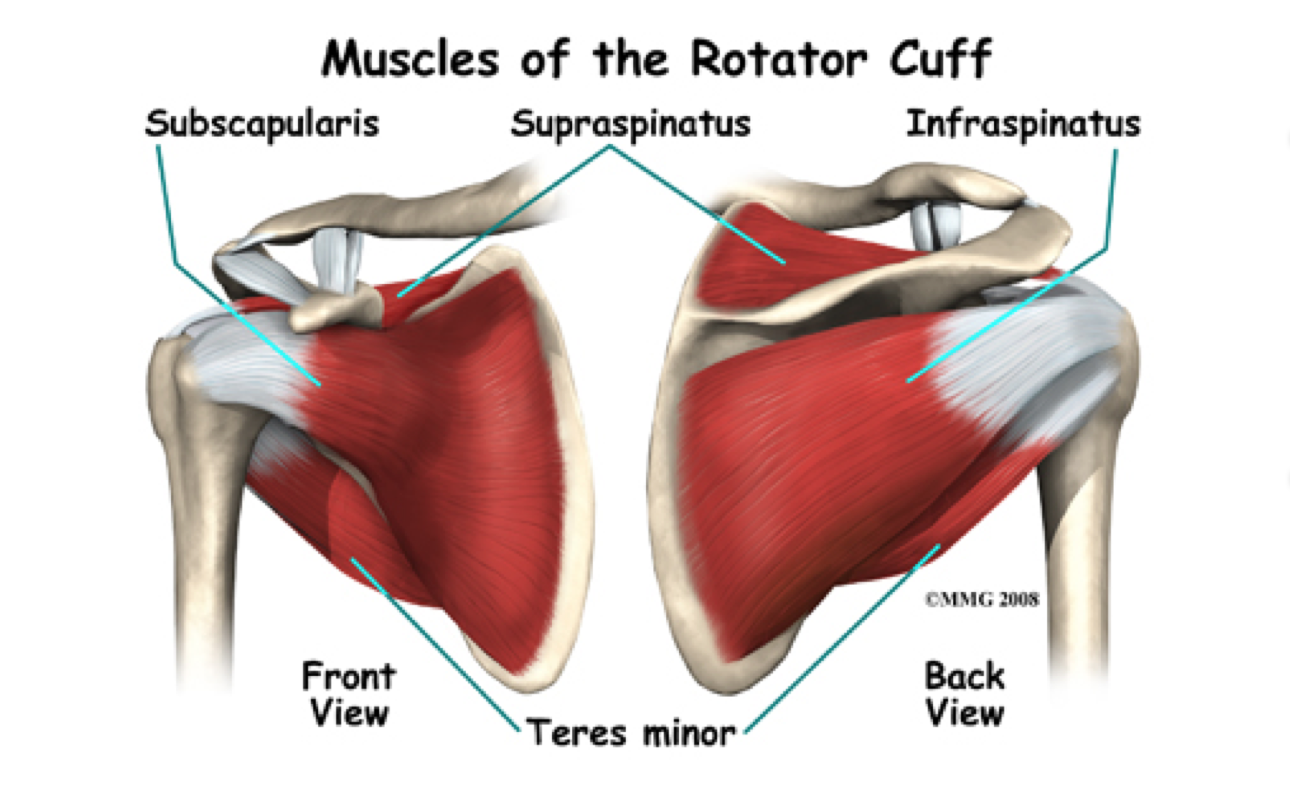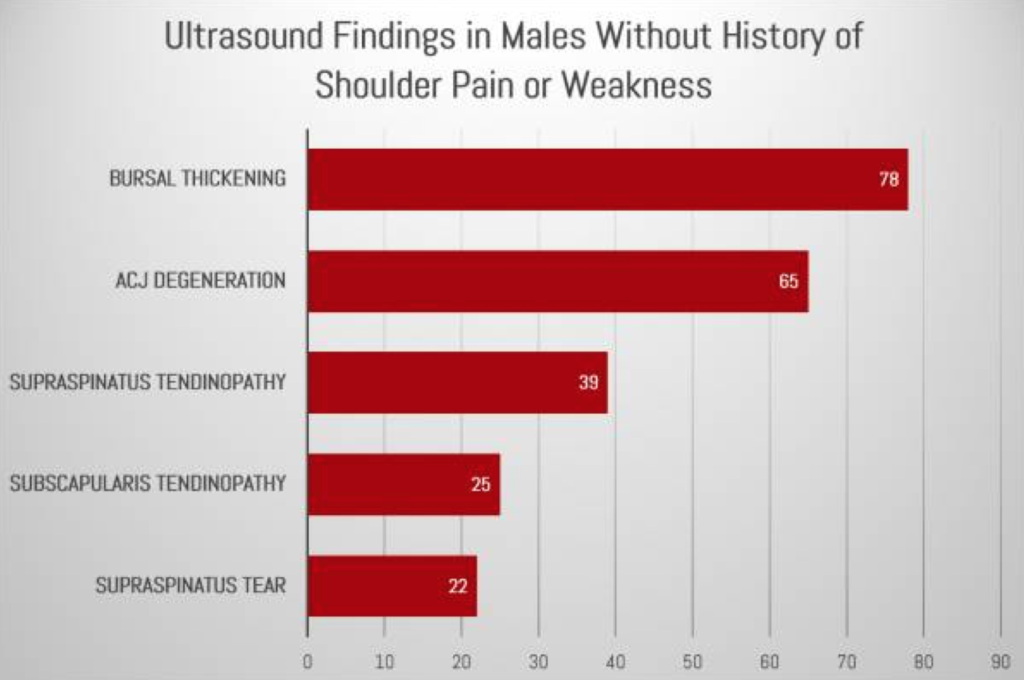The dreaded ‘rotator cuff’

I don’t know how many times I have treated a patient who has come in and told me “My rotator cuff is torn”. Most people suffering from shoulder pain and discomfort will head off to their GP’s who will then refer them for an X-Ray and US which comes up with a Rotator Cuff tear. But what does that actually mean?
I don’t know how many times I have treated a patient who has come in and told me “My rotator cuff is torn”. Most people suffering from shoulder pain and discomfort will head off to their GP’s who will then refer them for an X-Ray and US which comes up with a Rotator Cuff tear. But what does that actually mean?
The rotator cuff is a group of 4 muscles, 3 which allow us to externally rotate our shoulder and 1 that allows us to internally rotate our shoulder. They are also responsible for approximately 50% of shoulder joint stability. If you have been to your GP and they have diagnosed you with a rotator cuff tear, you need to understand 2 things:
- It can be managed with physio and exercise
- You can have a rotator cuff tear and no pain!

The bar graph above represents males who have never had shoulder pain or weakness. Of these males with NO pain and NO weakness, 78% had thickening of their bursa (a sac of fluid), 39% had changes in one of their rotator cuff tendons, 25% changes in another rotator cuff tendon, and 22% had a tear of one of their rotator cuffs!
Keep in mind that imaging findings are not necessarily responsible for your symptoms and it is important to correlate them with what we find clinically and your shoulder pain or discomfort can be managed with exercises, load management and physiotherapy treatment.
Yes, there are times where we need to refer on for further intervention, however, conservative management is always your first port of call.